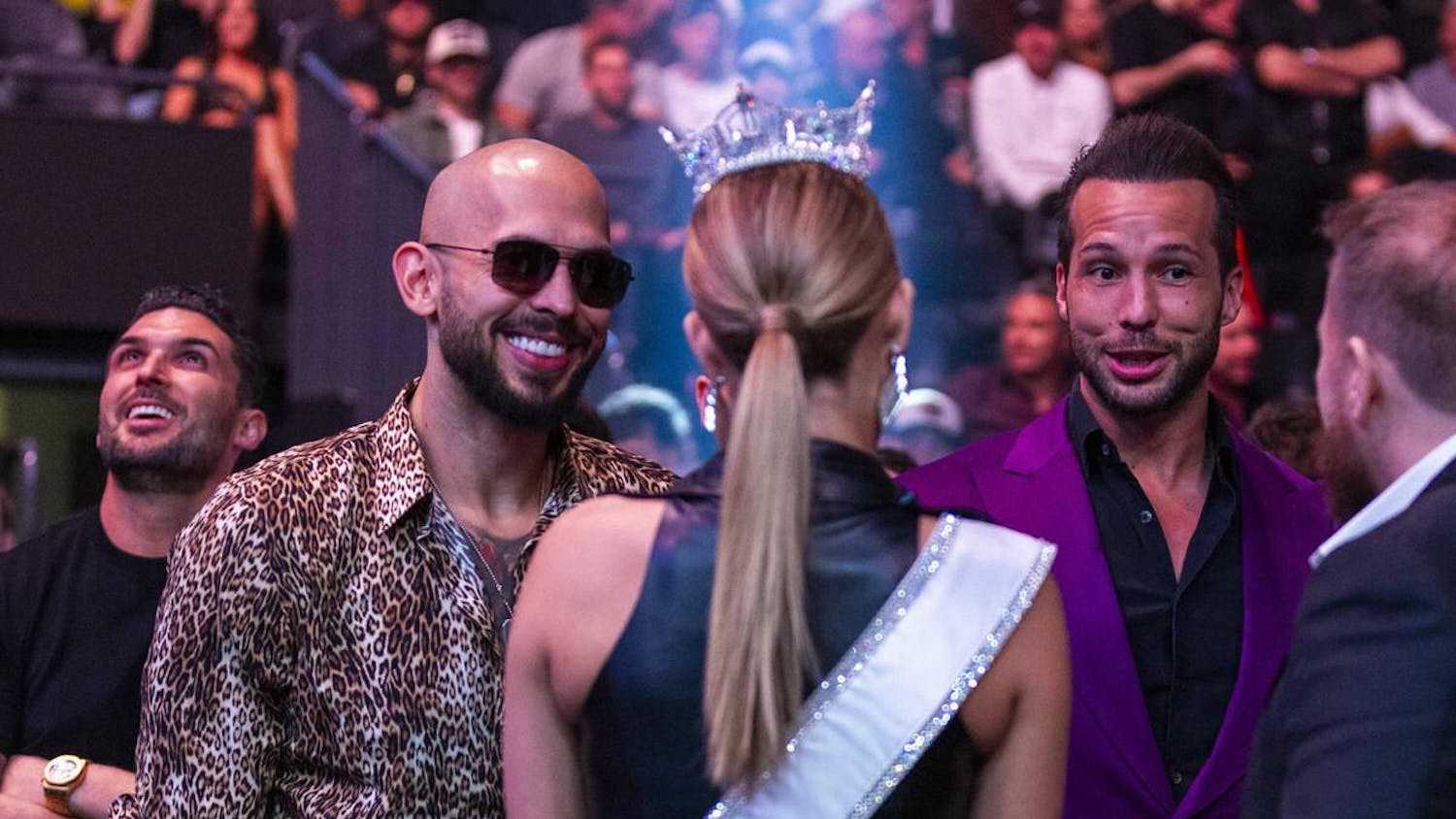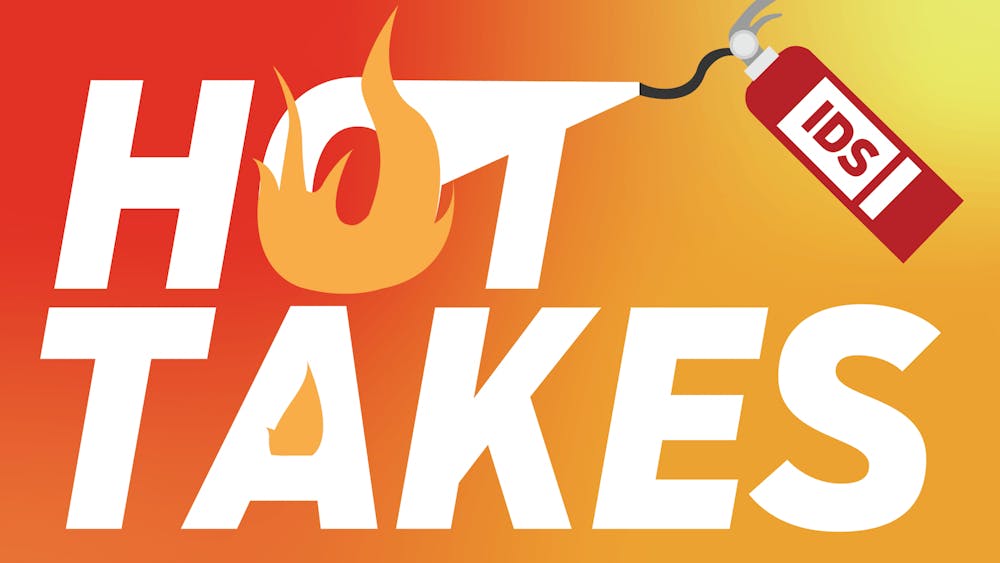Front-runners for their political parties, Hilary Clinton and Donald Trump, have extreme political positions.
Many see this as an indictment of the two ruling parties and party departure from moderation with the result that many Americans are caught party-less in the middle.
But this is not the case.
If you look at the official platforms of the two parties, their differences are actually becoming less obvious and more semantic, especially as the Republican establishment is forced to warm to certain etablished liberal social policies.
Both parties support progressive, non-flat tax systems and the only difference is the acceleration of rates through tax brackets. Both support a strong military and an increase in the Department of Defense’s budget.
They both support reducing the global warming effects. They disagree on the cause and magnitude. Both are against the legalization of marijuana and other drugs.
These are a few ways in which they are similar, and while they still have differences, the idea that Democrats and Republicans are drifting apart is wrong.
The real reason for the difference in the platforms of the candidates is the broken and unfair primary system.
About 35 percent of people self-identify as Republicans and about 30 percent Democrat. The other 25 percent are independent. Right now, Trump is polling at close to 30 percent of self-identified Republicans, according to RealClearPolitics.
The most conservative 30 percent of American conservatives, or about 9 percent of all Americans, support him.
The issue is not that 9 percent of the population supports him, but instead why he is the mostly likely candidate to represent half the country when he holds such fringe support.
A primary process reduces the field to just one candidate per party and allows liberal and conservative fringes a disproportionate amount of influence on choosing our next president.
New Hampshire, a very liberal state, and Iowa, a very conservative state, have their primaries first, seting the entire election’s tone.
These factors cause the appeal from fringe voters.
It might seem like the candidates represent a variety of views.
But know what really causes those differences and what they really mean.
anderbri@umail.iu.edu
@MusingofBDA





